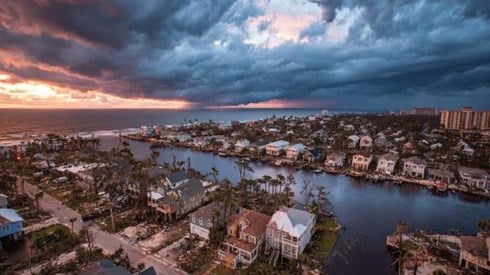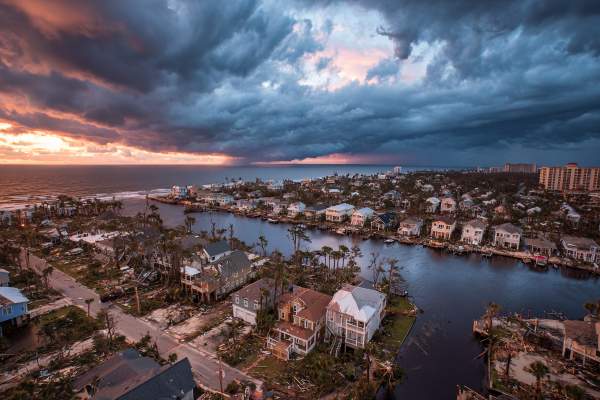Insurers Confront Evolving Weather Risk Paradigm, KBRA Report Finds

October 21, 2025

Kroll Bond Rating Agency (KBRA) has released a new report titled Beyond the Coastline: Insurers Confront Evolving Weather Risk Paradigm, examining how insurers are adapting to the shifting dynamics of weather-related risk across the United States. According to KBRA, major hurricanes have historically represented the largest insured losses, but recent years have seen severe convective storms (SCS) and wildfires produce unexpectedly high losses, prompting significant underwriting and pricing adjustments.
Per the report, reinsurers have raised prices and tightened terms following the soft market of the 2010s, resulting in primary insurers retaining more weather-related losses. Many larger insurers are reassessing exposure in high-risk regions, particularly Florida, by adjusting portfolios, increasing deductibles, or reducing coverage. KBRA noted that recent tort reforms in Florida have helped stabilize the market, improving insurance availability despite ongoing rate pressures.
According to KBRA, the exposure landscape continues to evolve as population growth in Florida and the Southeast drives greater vulnerability to hurricane losses. At the same time, wildfire risk has expanded as development increases in the wildland–urban interface, and SCS losses are emerging beyond traditional regions. Through the first three quarters of 2025, aggregate SCS losses in the United States totaled roughly $50 billion, underscoring the growing impact of non-hurricane perils on insurer profitability.
KBRA said that catastrophe modelers have made notable progress in capturing secondary perils such as wildfires and SCS, incorporating recent loss data and high-resolution hazard modeling. However, KBRA observed that modeling challenges persist, given the localized and stochastic nature of these events. In California, regulators have recently begun allowing third-party catastrophe models in rate filings, marking a significant shift toward forward-looking risk assessment.
Per the report, insurers are increasingly supplementing traditional indemnity-based reinsurance with alternative capital and parametric products. Insurance-linked securities (ILS), including catastrophe bonds and sidecars, now represent about 15 percent of total reinsurance capacity. KBRA stated that diversification of risk transfer across traditional and alternative markets supports industry resilience by broadening access to capital and mitigating counterparty concentration.
According to KBRA, total reinsurance capital—including traditional and alternative sources—has continued to grow, reaching an estimated $805 billion by mid-2025. While alternative capital typically occupies higher program layers, KBRA cautioned that investor appetite could wane if significant losses occur or if competing asset classes become more attractive.
KBRA concluded that property and casualty insurers' ratings will continue to reflect their ability to assess evolving risk profiles, utilize improved modeling, and implement prudent risk transfer strategies. The agency expects most catastrophe-exposed insurers to remain resilient, with downside risks limited to isolated cases unless weather events intensify significantly.
October 21, 2025
